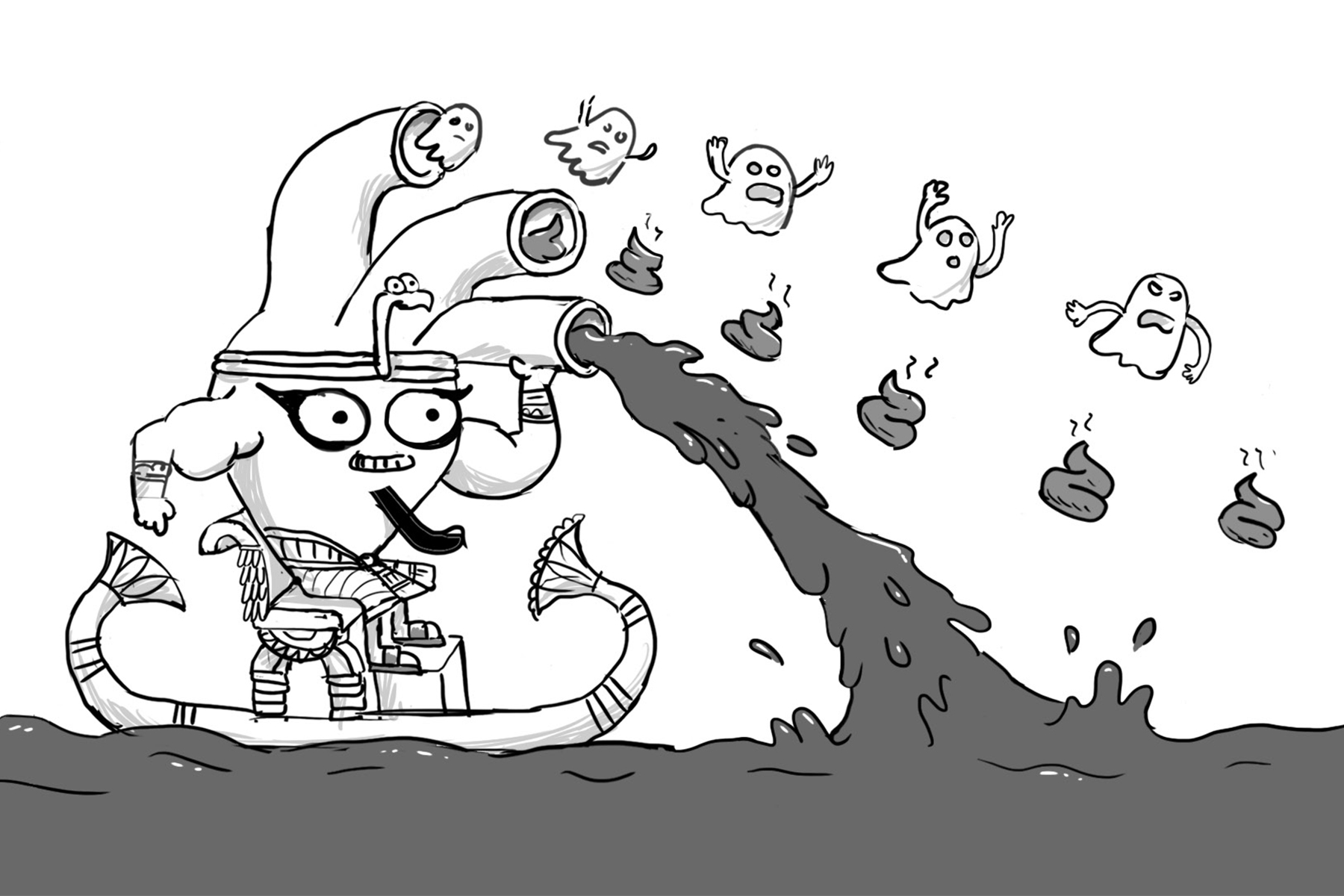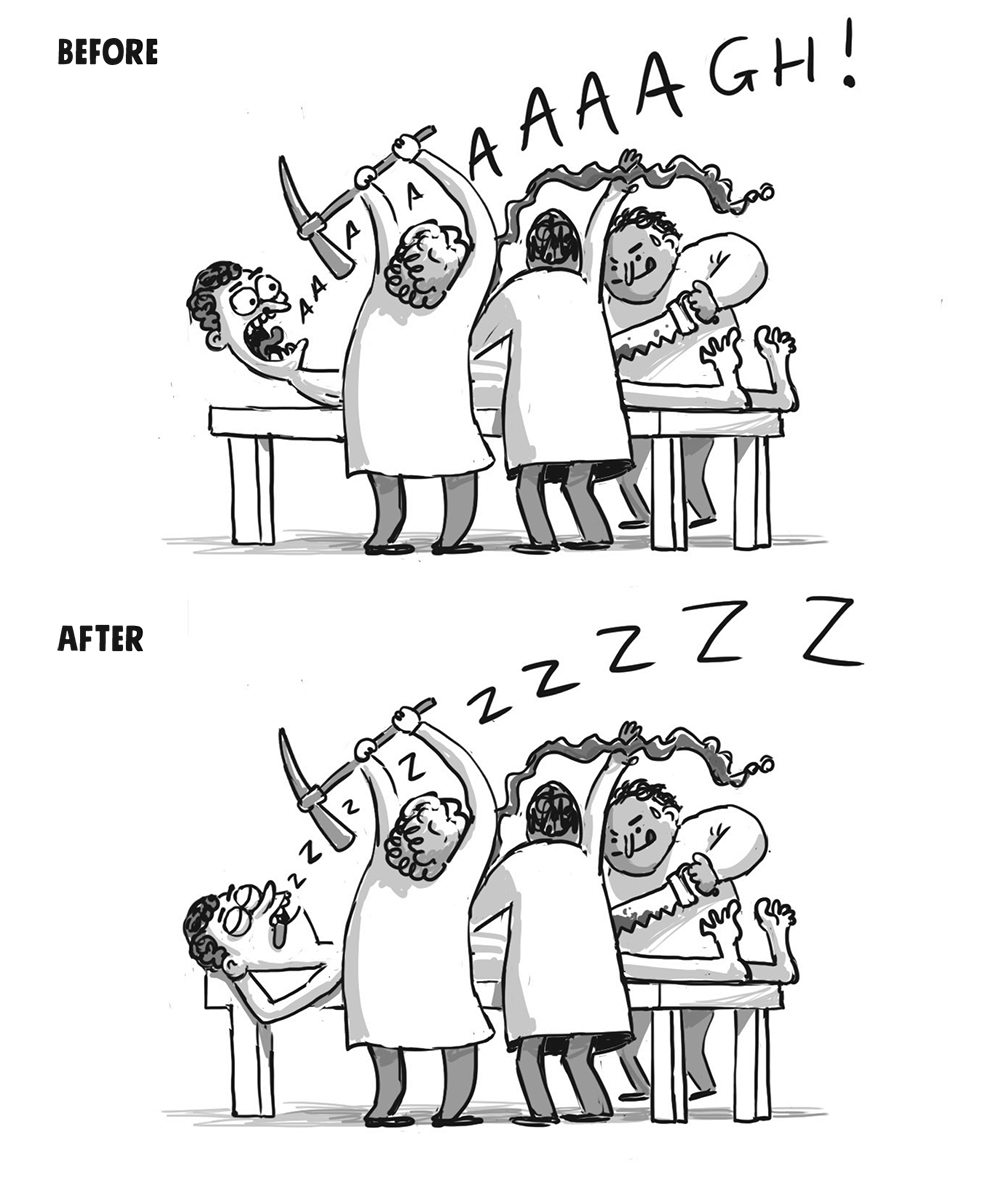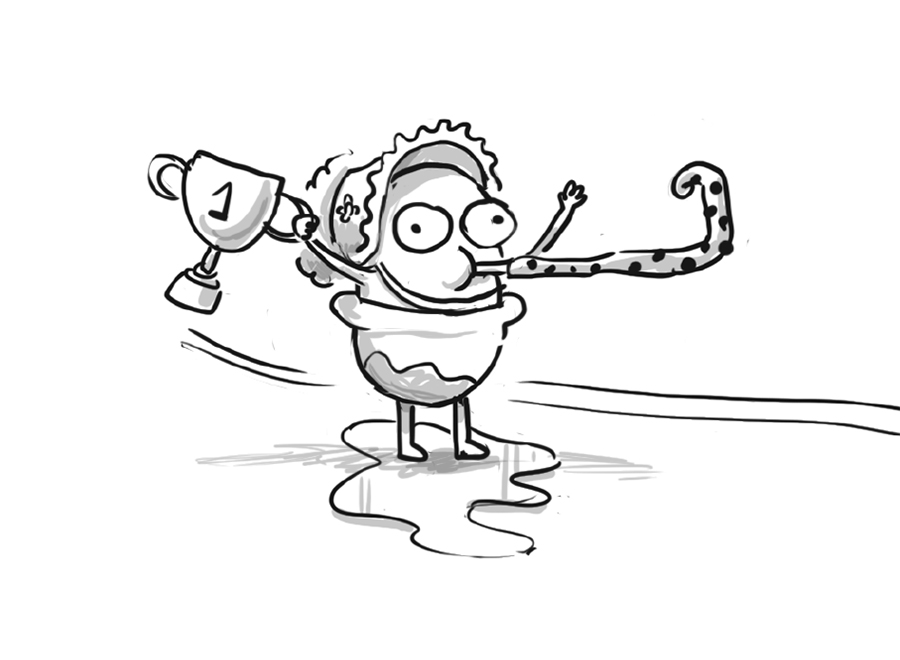- Home |
- Search Results |
- 5 major medical moments from history
5 major medical moments from history
Scientists and doctors tried many unorthodox and gruesome practices before stumbling upon the revolutionary treatments and causes for illness that we know today, many of which Adam Kay talks about in his new book Kay’s Marvellous Medicine. Here are five of them.

1600 BC (Ancient Egypt): Doctors discovered that the heart pumps blood around the body.
For thousands of years, the heart got the credit for almost everything that happened in the body. The Ancient Egyptians noticed there were tubes coming off the heart going in all sorts of different directions, so they decided that it was responsible for moving around blood (yep!), spit (umm, nope), poo (what were they thinking?), the soul (is that even a thing?) and ghosts (umm, guys...).
800 AD (Middle Ages): The first medical school was opened.
However, it was illegal to dissect anyone. This made it pretty tricky to train up doctors, and even trickier to discover anything new about the body. After hundreds of years of the medical schools stamping their feet and banging on the table and moaning that this rule was so unfair, the government eventually allowed people to be cut up. But they only allowed ten people a year to be dissected in the whole country, which wasn’t enough. Imagine if there were only ten laptops to share among every school in the country – you wouldn’t learn very much!
1842: The first anaesthetic was given, so patients could sleep during their operations instead of going ‘AAAAAAAAAAGH! STOP!’
In the 1830s, there was a craze for university students to go to parties and breathe in a newly discovered type of gas called ether. One day a doctor called Crawford Long noticed that students who’d been breathing in ether and then injured themselves didn’t feel any pain... and he wondered if this gas might be useful for when he was doing operations. (He was right – it was extremely useful.)

1910: Polish scientist Marie Curie discovered radiation. Radiation is a treatment for cancer.
One of Marie Curie’s colleagues kept a sample of radium in his pocket for a few hours and then noticed afterwards that the skin underneath it was badly damaged, so Marie did some experiments and found out that radioactive substances kill cells. Usually, this isn’t great, but if you’re trying to treat cancer then it’s a very good thing. Radiotherapy works because normal cells are good at repairing themselves after they’ve been blasted with radiation, but cancer cells are usually gone forever.
1954: The first kidney transplant took place.

The reason that it took surgeons soooo long to transplant an organ is that, when they tried it, the patients just died. Even if they put it in exactly the right place and connected it up perfectly to all the complicated veins and arteries... the patient still ended up totally dead. This was because of something called organ rejection. Your body is so marvellous and miraculous that as soon as something appears inside that it doesn’t recognize, it goes straight on the attack. This is excellent news if you have an illness because the viruses or bacteria or other evil invaders get zapped and destroyed. But it’s not quite so handy if you’re trying to install a new organ. The big change happened when scientists invented a drug that stops the immune system (the part of the body that fights infections) from getting overexcited, which means the body doesn’t try to boot out its lovely new replacement organ. This drug was invented by an incredible scientist called Gertrude Elion – she won a Nobel Prize for it, and fair enough really.